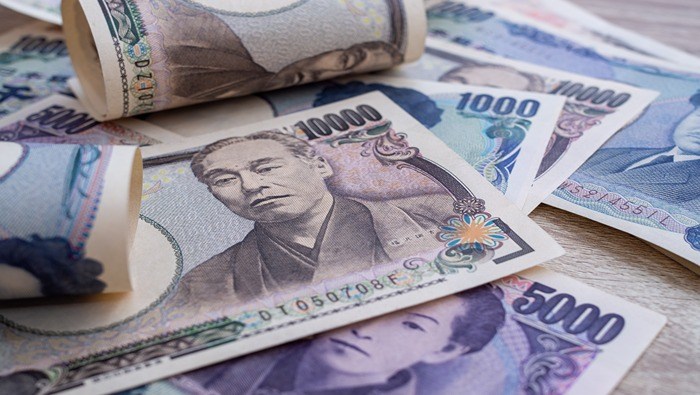Talking Points:
- Aussie Dollar climbed as much as 1% after rate decision
- RBA leaves rates unchanged at 2.25% vs 2.00% cut expected
- RBA says further easing may be appropriate over period ahead
The Australian Dollar climbed as much as 1 percent versus the US Dollar after the Reserve Bank left rates unchanged. The markets were pricing in a 61 percent chance that the bank would cut rates. While rates were left unchanged, they are still at record lows. Follow-through for the Aussie will be far from certain in part due to the release of US Employment data this Friday. Currency Strategist Ilya Spivak says oncoming pressure on the US Dollar may amplify strength for the Australian counterpart.
The bank judged that it was appropriate to hold rates for the time being. RBA expects inflation to remain consistent with their target over the next 1 to 2 years. On the downside, the Central Bank sees an economy with spare capacity for some time yet. Domestic growth remains overall quite weak and the Australian Dollar is above its fundamental value given commodity prices. RBA mentioned that further easing may be appropriate over the period ahead. A further cut in monetary policy appears to be largely dependent on oncoming data.









